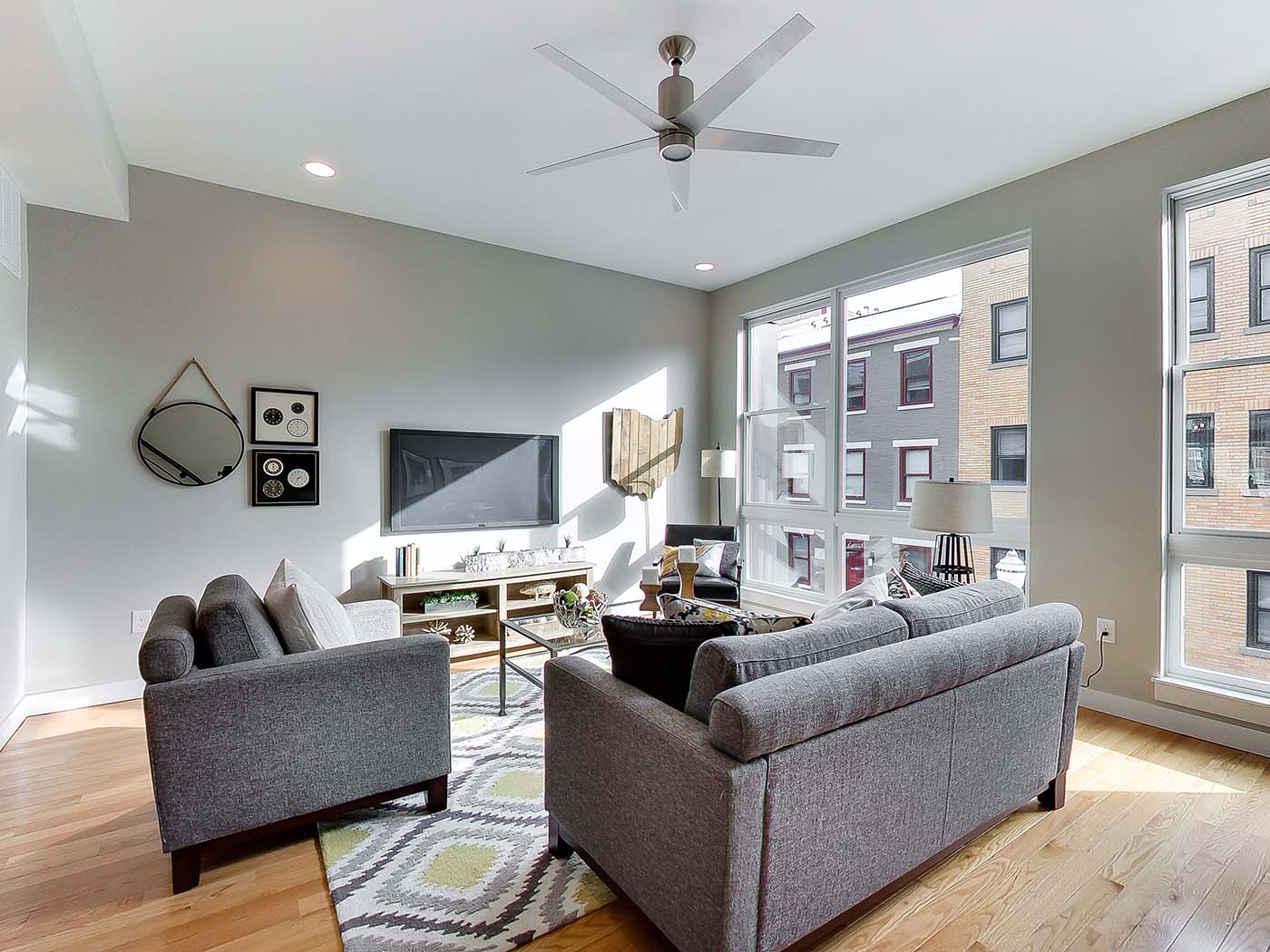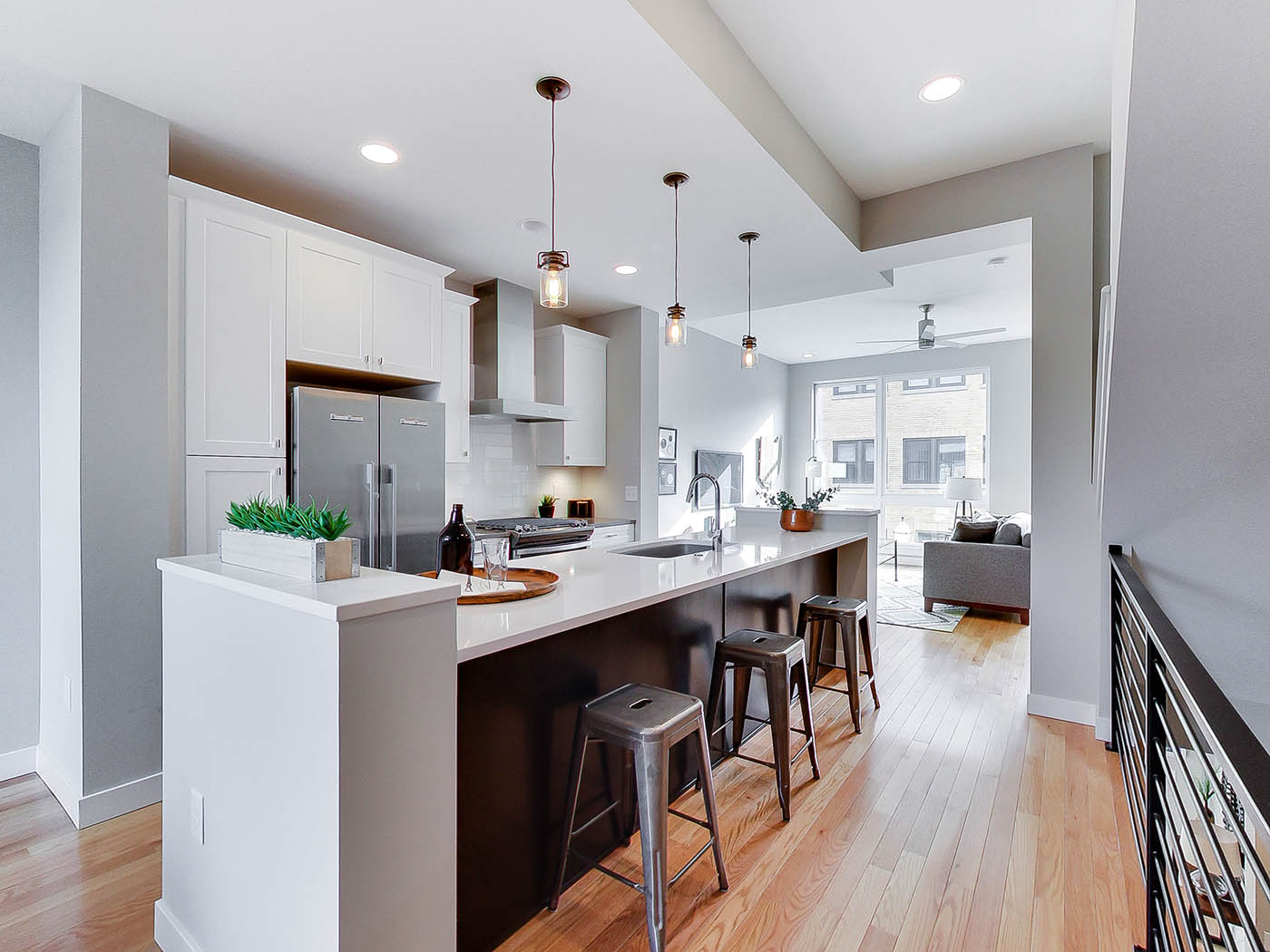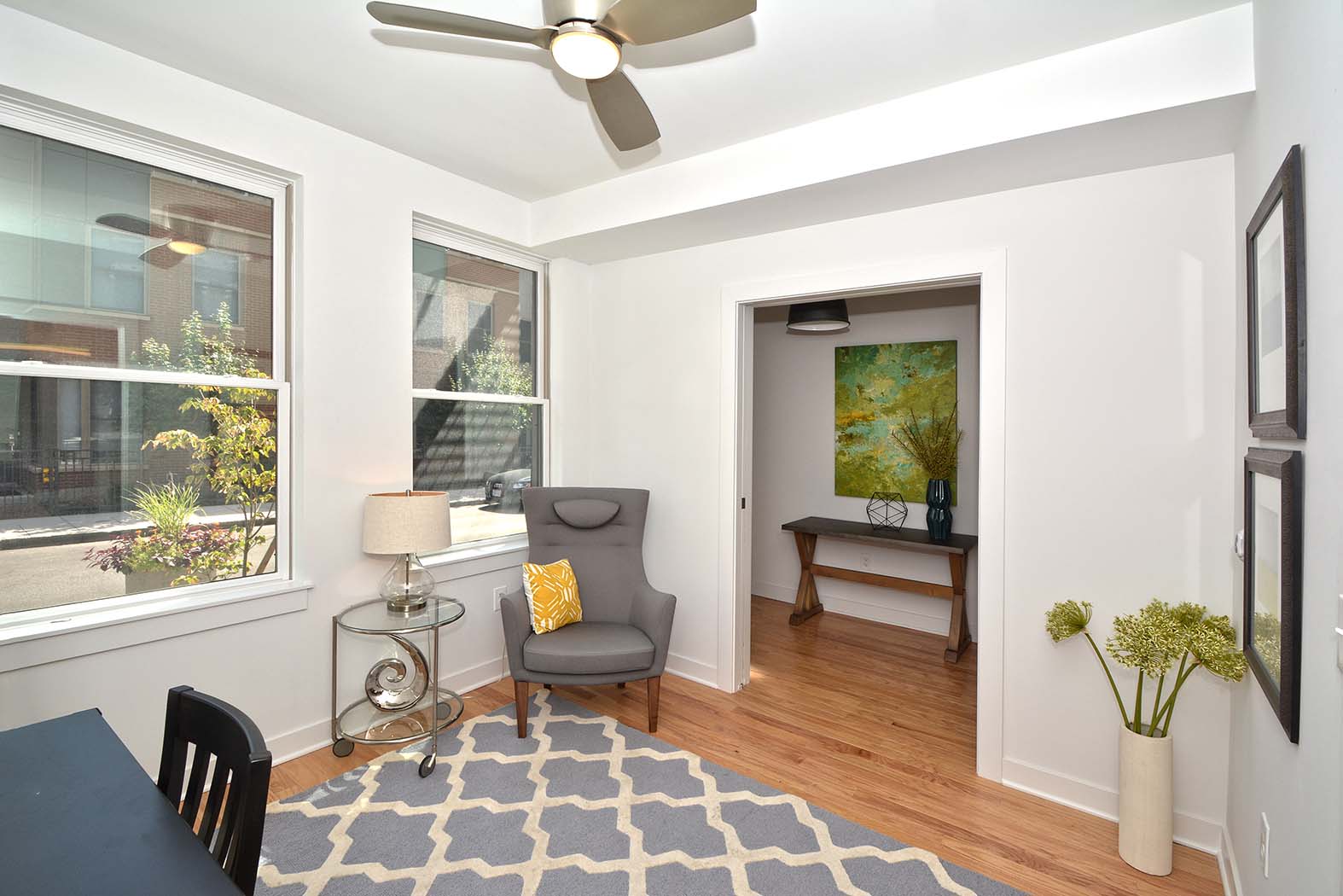The life-changing benefits of “going green” are undeniable and 3CDC sees great value in creating green homes whenever possible. Why? LEED homes are built to be healthy, providing clean indoor air and incorporating safe building materials to ensure a comfortable home. Using less energy and water means lower utility bills each month. And in many markets, certified green homes are now selling quicker and for more money than comparable non-green homes.
Some of the most important buildings in the world use LEED.
Shouldn’t the most important building in everyone’s world use LEED, too?


WHAT IS LEED?
LEED, or Leadership in Energy and Environmental Design, is changing the way we think about how buildings and communities are planned, constructed, maintained and operated. Leaders around the world have made LEED the most widely used third-party verification for green buildings, with around 1.85 million square feet being certified daily.
LEED works for all buildings – from homes to corporate headquarters – at all phases of development. Projects pursuing LEED certification earn points across several areas that address sustainability issues. Based on the number of points achieved, a project then receives one of four LEED rating levels: Certified, Silver, Gold and Platinum.
LEED-certified buildings are resource efficient. They use less water and energy and reduce greenhouse gas emissions. As an added bonus, they save money.
Prerequisites
In order to qualify for LEED Certification, our projects must satisfy a list of prerequisites comprised of the following items:


WHY LEED?
LEED certification means healthier, more productive places, reduced stress on the environment by encouraging energy and resource-efficient buildings, and savings from increased building value, higher lease rates and decreased utility costs. LEED-certified buildings will directly contribute $29.8 billion to U.S. GDP by 2018. They not only save money and resources, they also have a positive impact on the health of occupants, while promoting renewable, clean energy.
In the U.S. alone, buildings account for:
- 38% of all CO2 emissions
- 13.6% of all potable water (15 trillion gallons per year)
- 73% of U.S. electricity consumption
While these numbers are alarming, LEED projects are responsible for diverting over 80 million tons of waste from landfills. In addition, they consume far less energy and generate substantially less greenhouse gas emissions.
Additional Benefits
These extra benefits are also available through LEED-certified homes:

